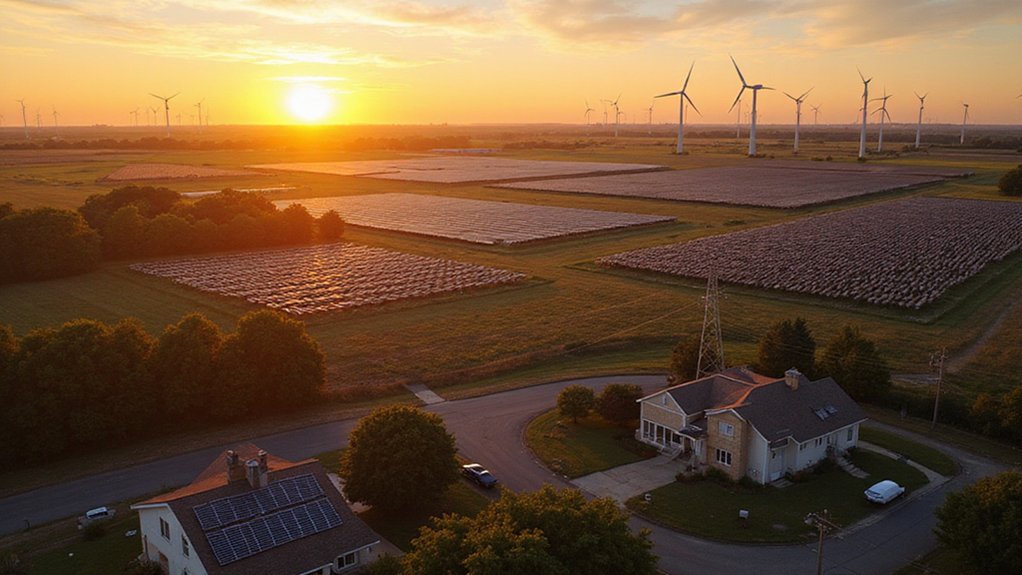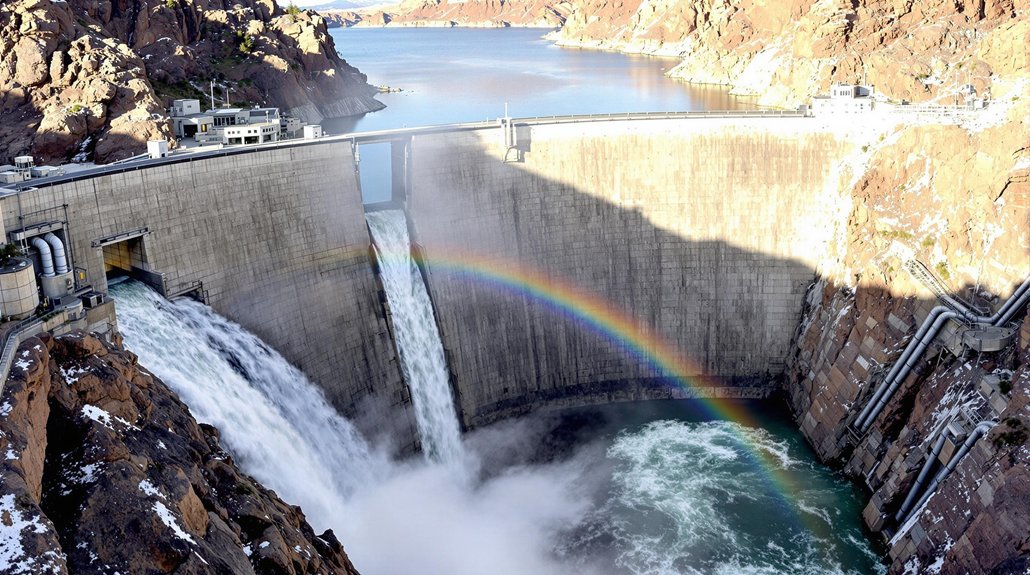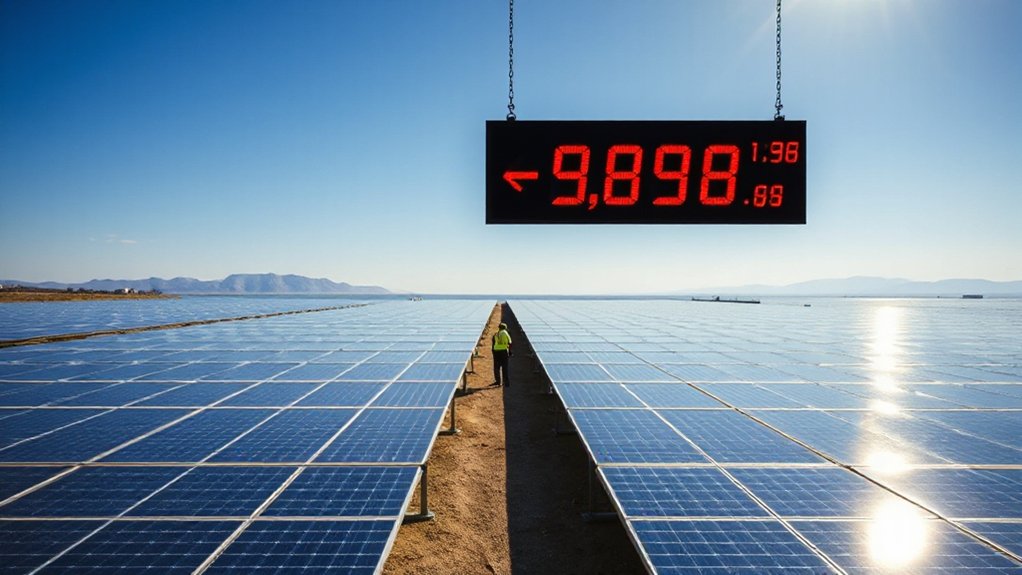Power is measured in watts (W), with larger units including kilowatts (1,000 watts), megawatts (1 million watts), gigawatts (1 billion watts), and terawatts (1 trillion watts). Watts indicate the rate of energy use or generation, while watt-hours measure total energy consumed over time. Homes typically use kilowatts, while power plants operate in megawatts or gigawatts. The U.S. power grid has about 1,100 GW capacity. These measurements help track our growing energy needs.

When people turn on a light or charge their phones, they’re using power that’s measured in specific units. The most basic unit of power measurement is the watt (W), which shows how quickly energy is being used or created. A small light bulb might use 15 watts, which means it consumes 15 watt-hours of electricity when left on for an hour.
For larger amounts of power, scientists and engineers use bigger units. A kilowatt (kW) equals 1,000 watts and is commonly used to measure household appliances. Most American homes use around 7,200 kilowatt-hours of electricity per year. Energy-efficient refrigerators use about 300-400 kilowatt-hours annually.
When measuring power on an industrial scale, megawatts become useful. One megawatt (MW) equals 1,000 kilowatts or 1,000,000 watts. This unit often measures the output of power plants and large renewable energy installations. A typical coal plant has a capacity of approximately 600 MW. Converting from kilowatts to megawatts is done by dividing the kilowatt number by 1,000. One MWh of energy can power approximately 330 homes for a full hour.
For even larger power measurements, gigawatts (GW) come into play. One gigawatt equals 1,000 megawatts or one billion watts. Gigawatts describe the capacity of large power plants or national energy grids. The total capacity of U.S. electricity generating plants was approximately 1,100 GW in 2012. The Mammoth Solar project in Indiana will have a capacity of up to 1.65 GW when completed, with its Mammoth North phase providing 400 MW, enough to power 275,000 homes. Hydropower installations are measured in similar terms and remain the leading source of renewable electricity generation worldwide.
On a global scale, terawatts (TW) measure enormous amounts of power. One terawatt equals 1,000 gigawatts or one trillion watts. Terawatt hours (TWh) help track worldwide energy production and consumption. Converting kilowatts to terawatts requires dividing by one billion.
It’s important to understand the difference between power and energy. Watts measure instant power use or generation, while watt-hours measure energy, which combines power use and time. For example, power (watts) shows capacity, but energy (watt-hours) shows actual usage. This power versus energy distinction is essential for energy planning and conservation efforts.
As renewable energy grows worldwide, these power measurements help track progress toward clean energy goals and compare different energy sources across regions.
References
- https://thesustainablechoice.com/making-sense-of-energy-units/
- https://www.franklinwh.com/blog/power-units-explained-watts-kilowatts-megawatts-and-their-conversions
- https://www.extension.iastate.edu/agdm/wholefarm/html/c6-86.html
- https://www.ucsusa.org/resources/how-electricity-measured
- https://energyrates.ca/kilowatts-mw-and-gw-convert-electricity-unit/









